I'm trying to solve a 2D delay differential equation with some parameters. The problem is that I can’t get the right solution (which I know) and I suspect that it comes from the integration step, but I'm not sure and I don't really understand how the JiTCDDE works.
This is the DDE:
This is my model:
def model(p, q, r, alpha, T, tau, tmax, ci):
f = [1/T * (p*y(0)+alpha*y(1, t-tau)), 1/T * (r*y(0)+q*y(1))]
DDE = jitcdde(f)
DDE.constant_past(ci)
DDE.step_on_discontinuities()
data = []
for time in np.arange(DDE.t, DDE.t+tmax, 0.09):
data.append( DDE.integrate(time)[1])
return data
Where I'm only interested in the y(1) solution
And the parameters:
T=32 #escala temporal
p=-2.4/T
q=-1.12/T
r=1.5/T
alpha=.6/T
tau=T*2.4 #delay
tmax=400
ci = np.array([4080, 0])
This is the plot I have with that model and parameters:
And this is (the blue line) the correct solution (someone give me the plot not the data)


